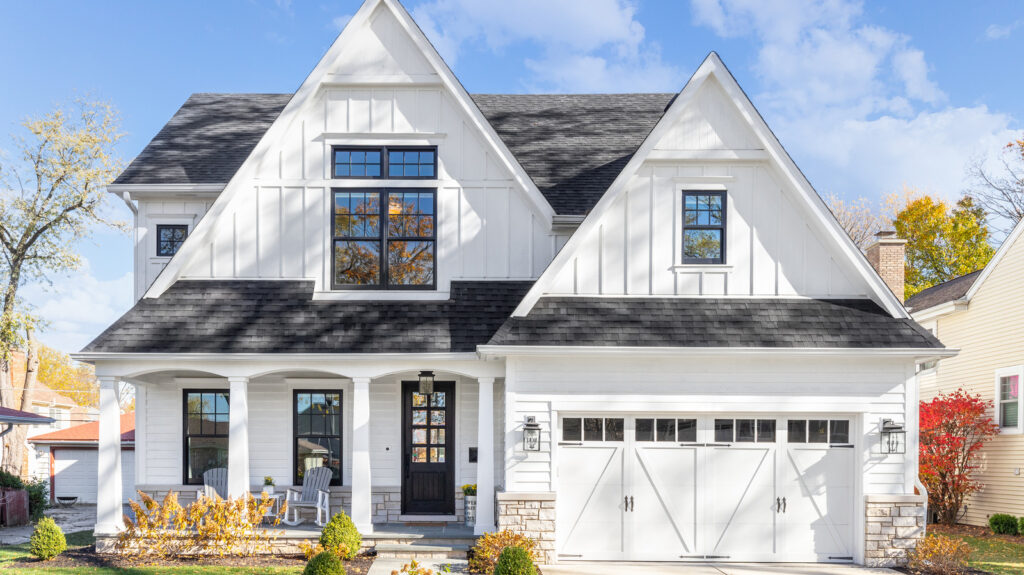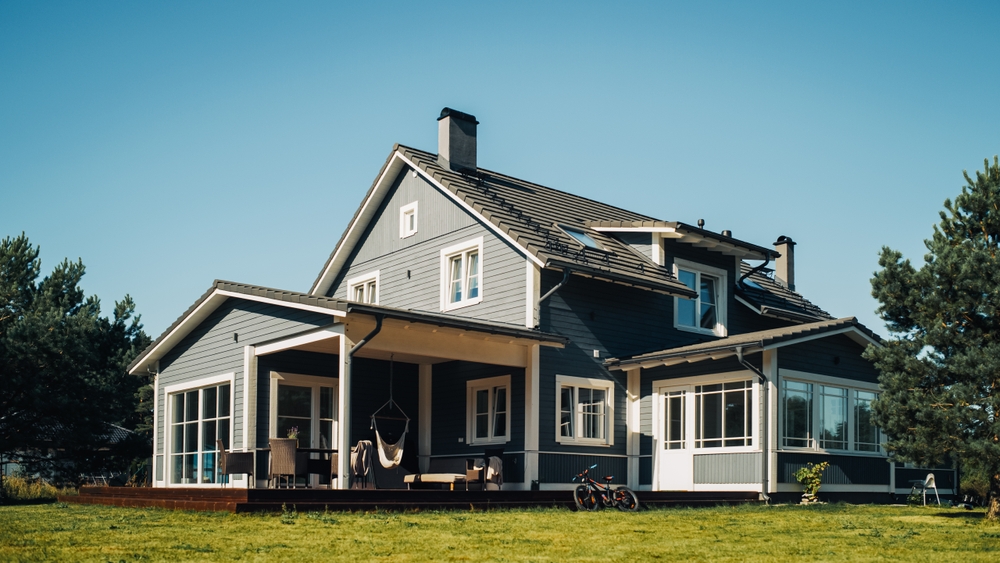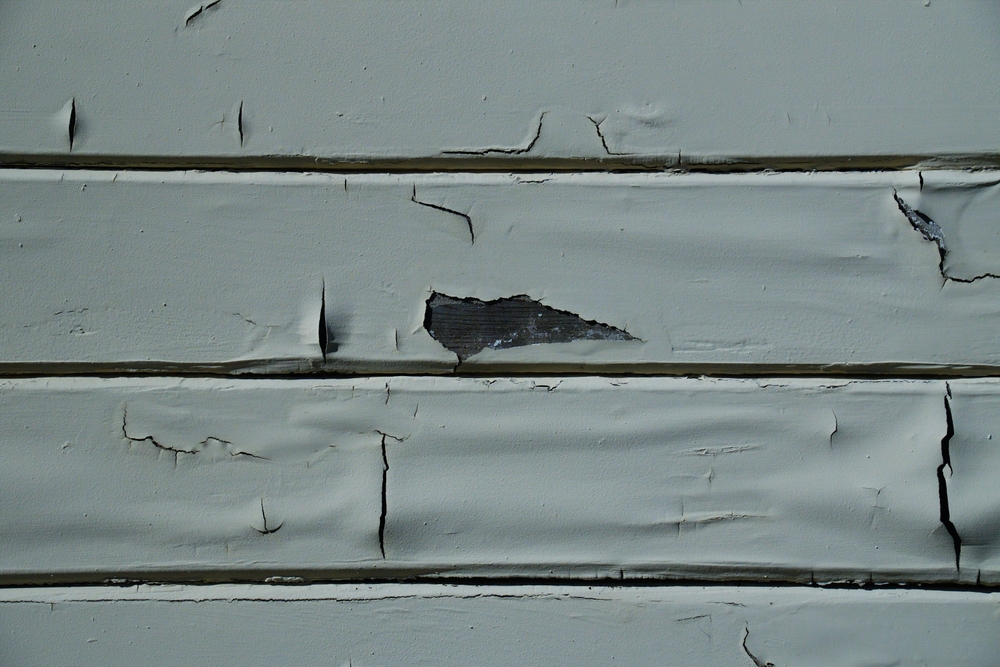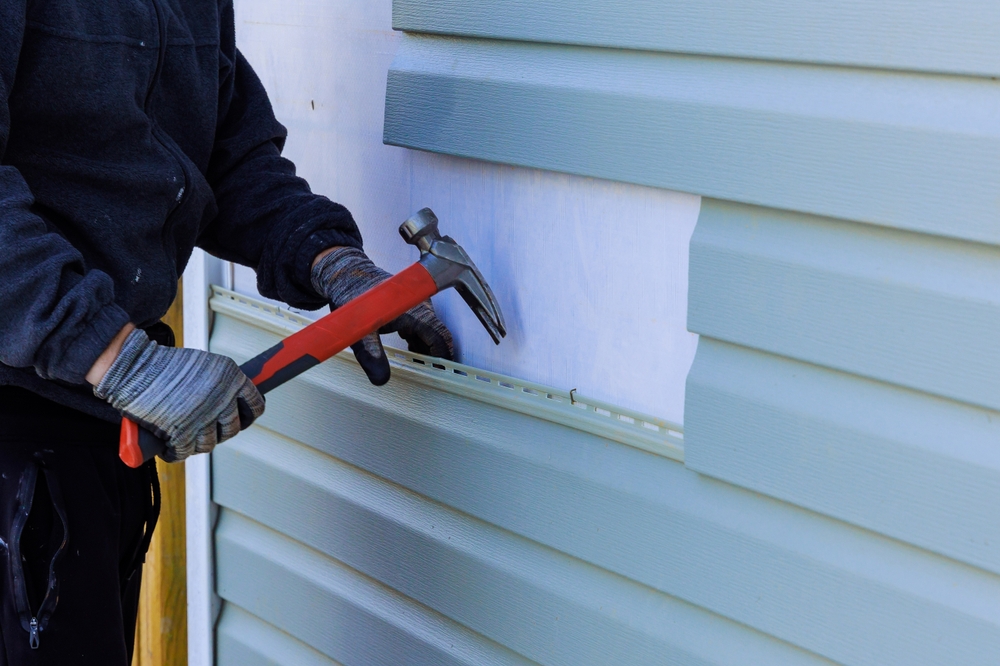James Hardie Fiber Cement and stucco are two popular options for exterior cladding in the Bay Area. Both have their pros and cons, but when it comes to durability, aesthetics, energy efficiency, and cost, James Hardie Fiber Cement has several advantages over stucco.
Introduction
The exterior of a house plays a crucial role in protecting it from the elements and enhancing its curb appeal. With the diverse climate in the Bay Area, choosing the right type of cladding is essential. James Hardie Fiber Cement and stucco are two common options that homeowners consider. In this article, we will explore the benefits of James Hardie Fiber Cement over stucco in the Bay Area.
James Hardie Fiber Cement
James Hardie Fiber Cement is a type of siding that is made from a mixture of cement, sand, and cellulose fibers. It is a durable and versatile material that can mimic the look of wood, shingles, or stucco. James Hardie Fiber Cement is known for its durability, low maintenance, and long lifespan, making it a popular choice for many homeowners.
Stucco
Stucco is a traditional type of exterior cladding that is made from a mixture of cement, sand, and water. It is applied in multiple layers and can be finished with various textures and colors. Stucco has been used for centuries and is known for its classic and timeless look. However, it has some drawbacks, especially in the Bay Area’s unique climate.

Benefits of James Hardie Fiber Cement
Durability
One of the primary benefits of James Hardie Fiber Cement over stucco is its durability. James Hardie Fiber Cement is resistant to rot, termites, and fire, making it a more durable option compared to stucco. Stucco, on the other hand, can crack, chip, and deteriorate over time, especially in areas with high moisture or seismic activity, which is common in the Bay Area.
Aesthetics
James Hardie Fiber Cement offers a wide range of design options, allowing homeowners to achieve the desired aesthetics for their homes. It can mimic the look of wood, shingles, or stucco, making it a versatile choice for various architectural styles. Stucco has a classic and timeless look, but its design options are limited compared to James Hardie Fiber Cement.
Energy Efficiency
Another benefit of James Hardie Fiber Cement over stucco is its energy efficiency. James Hardie Fiber Cement siding is designed with built-in insulation that can help reduce energy consumption and lower heating and cooling costs. Stucco, on the other hand, lacks insulation properties and may require additional insulation to achieve the same level of energy efficiency.
Low Maintenance
James Hardie Fiber Cement requires minimal maintenance compared to stucco. It is resistant to rot, pests, and fire, which reduces the
maintenance requirements. Stucco, on the other hand, may require regular painting, patching, and sealing to maintain its appearance and protect it from moisture and other environmental factors.
Cost
While the upfront cost of James Hardie Fiber Cement may be higher than stucco, considering the material cost and installation process, its long-term cost-effectiveness should be taken into account. James Hardie Fiber Cement’s durability, low maintenance requirements, and energy efficiency can result in lower long-term costs compared to stucco, which may require regular repairs and maintenance.
Comparison of James Hardie Fiber Cement and Stucco
Here is a comparison of James Hardie Fiber Cement and stucco based on the discussed benefits:
| Benefits | James Hardie Fiber Cement | Stucco |
|---|---|---|
| Durability | Resistant to rot, termites, and fire | Prone to cracking, chipping, and deterioration |
| Aesthetics | Versatile design options | Limited design options |
| Energy Efficiency | Built-in insulation | Lacks insulation properties |
| Low Maintenance | Minimal maintenance requirements | Regular painting, patching, and sealing |
| Installation Process | Straightforward and similar to other types of siding | Labor-intensive and requires specialized knowledge |
| Cost | Higher upfront cost, but lower long-term costs | Lower upfront cost, but higher long-term costs |
Why Choose James Hardie Fiber Cement in the Bay Area
Considering the specific climate and environmental factors in the Bay Area, James Hardie Fiber Cement is a superior choice for several reasons.
Firstly, the Bay Area has a diverse climate with variations in temperature, humidity, and seismic activity. James Hardie Fiber Cement’s durability and resistance to rot, termites, and fire make it better suited to withstand these environmental challenges compared to stucco, which can be prone to cracking, chipping, and deterioration in such conditions.
Secondly, the Bay Area is known for its strict building codes and regulations, especially in areas prone to wildfires. James Hardie Fiber Cement is a non-combustible material, which makes it a safer choice for homes in wildfire-prone regions compared to stucco.
Additionally, the energy efficiency of James Hardie Fiber Cement can help homeowners in the Bay Area reduce their heating and cooling costs, which can be significant due to the region’s varying temperatures throughout the year.
Furthermore, James Hardie Fiber Cement offers versatile design options that can match various architectural styles, allowing homeowners in the Bay Area to achieve their desired aesthetics for their homes.
Conclusion
In conclusion, James Hardie Fiber Cement offers several benefits over stucco for homeowners in the Bay Area. Its durability, aesthetics, energy efficiency, low maintenance requirements, and long-term cost-effectiveness make it a superior choice for exterior cladding. Considering the unique climate and environmental factors in the Bay Area, James Hardie Fiber Cement provides a reliable and attractive option for homeowners who are looking for a durable, low-maintenance, and energy-efficient solution for their homes.
FAQs
- Is James Hardie Fiber Cement more expensive than stucco?
- While the upfront cost of James Hardie Fiber Cement may be higher than stucco, its long-term cost-effectiveness, considering its durability and low maintenance requirements, can make it a more cost-effective choice in the long run.
- Can James Hardie Fiber Cement be painted?
- Yes, James Hardie Fiber Cement can be painted to match the desired color scheme of your home. However, it comes pre-painted in a wide range of colors, reducing the need for immediate painting after installation.
- Is stucco a good option for the Bay Area?
- Stucco can be used as an exterior cladding option in the Bay Area, but it may require regular maintenance and repairs due to its vulnerability to cracking, chipping, and deterioration, especially in the face of environmental challenges such as wildfires and seismic activity.
- How long does James Hardie Fiber Cement last?
- James Hardie Fiber Cement is known for its durability and can last for several decades with proper installation and maintenance, making it a long-lasting investment for homeowners in the Bay Area.
- Can James Hardie Fiber Cement be used in coastal areas?
- Yes, James Hardie Fiber Cement is suitable for use in coastal areas, including the Bay Area, as it is resistant to rot, termites, and moisture, which can be common challenges in coastal environments.




